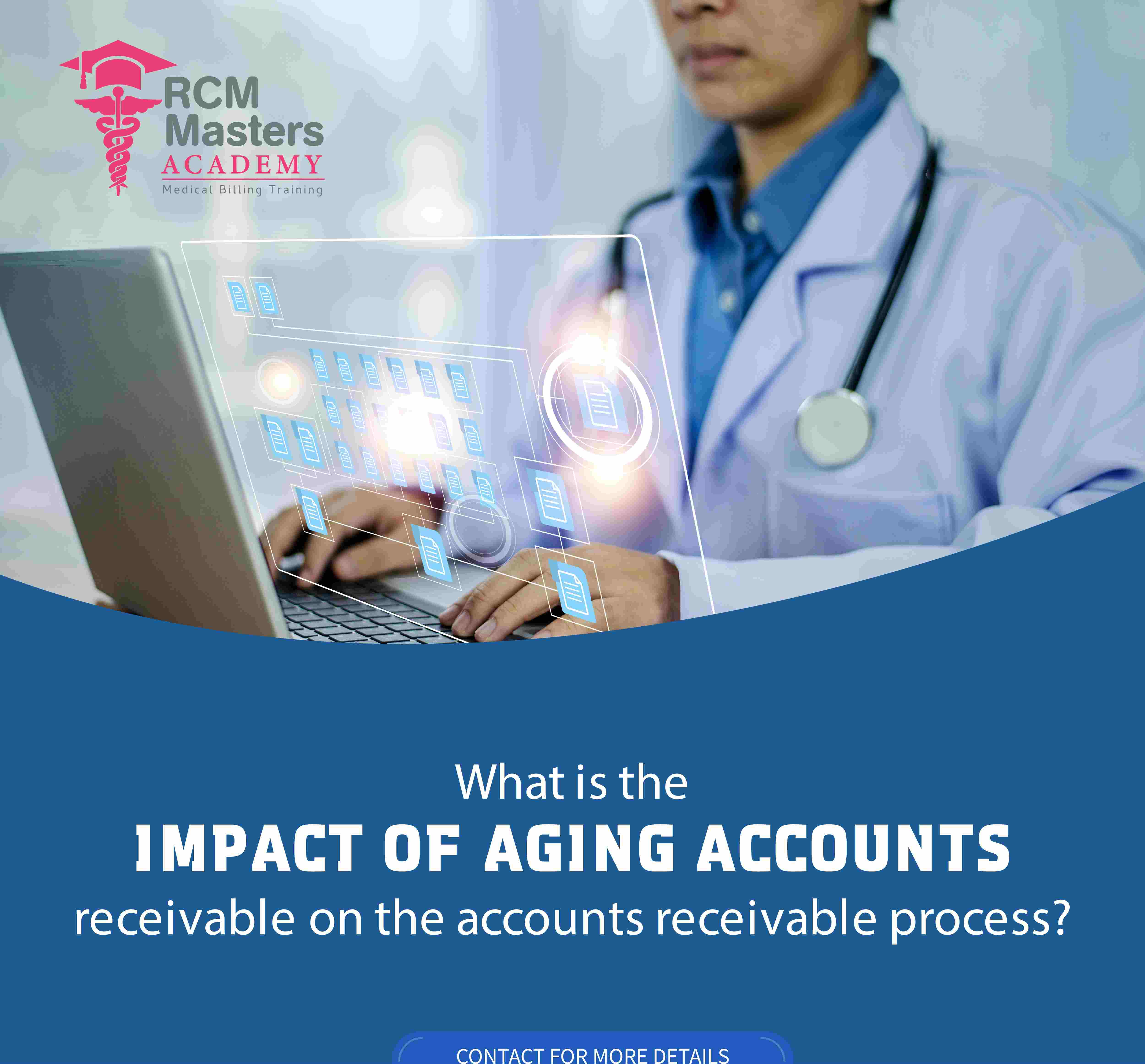 info@rcmmastersacademy.com
info@rcmmastersacademy.com

The accounts receivable process is a critical function in any organization that generates revenue. The accounts receivable process involves managing the customer invoices, payments, and outstanding balances. The aging report is an essential part of the accounts receivable process, which provides critical information about the aging of customer invoices and outstanding balances. The aging report helps the organization to monitor the outstanding balances and take timely actions to recover the payments. In this blog post, we will discuss the impact of an aging report process on the accounts receivable process.
What is an aging report, and how does it work?
An aging report is a report that provides information about the aging of customer invoices and outstanding balances. The report categorizes the outstanding balances into different age buckets, such as 30 days, 60 days, 90 days, and over 90 days. The aging report helps the organization to monitor the outstanding balances and take appropriate actions to recover the payments. The aging report also provides insights into the payment trends of the customers, which helps the organization to improve its accounts receivable process.
Impact of aging report on the accounts receivable process
1. Timely identification of delinquent accounts
The aging report helps the organization to identify delinquent accounts and take appropriate actions to recover the payments. The report categorizes the outstanding balances into different age buckets, which helps the organization to identify the accounts that are overdue. The organization can then take timely actions to contact the customers and remind them of their outstanding payments.
2. Improved cash flow
The aging report helps the organization to improve its cash flow by monitoring the outstanding balances and taking timely actions to recover the payments. The report provides insights into the payment trends of the customers, which helps the organization to improve its accounts receivable process. The organization can also use the aging report to prioritize the collection efforts and focus on the delinquent accounts.
3. Improved customer relationships
The aging report helps the organization to improve its customer relationships by providing timely reminders to the customers about their outstanding payments. The organization can use the aging report to contact the customers and understand their payment issues. The organization can then work with the customers to resolve their payment issues and improve their payment behavior.
4. Improved financial reporting
The aging report helps the organization to improve its financial reporting by providing accurate and timely information about the outstanding balances. The organization can use the aging report to calculate the allowance for doubtful accounts and adjust its financial statements accordingly. The aging report also helps the organization to monitor the aging of the accounts receivable and identify any potential issues.
In conclusion, the aging report is an essential part of the accounts receivable process, which helps the organization to monitor the outstanding balances and take timely actions to recover the payments. The aging report provides insights into the payment trends of the customers, which helps the organization to improve its accounts receivable process. The aging report also helps the organization to improve its cash flow, customer relationships, and financial reporting. Therefore, it is critical for any organization to have a robust aging report process to improve its accounts receivable process and achieve its financial goals.
You can enroll for our Online Medical Billing Training here: